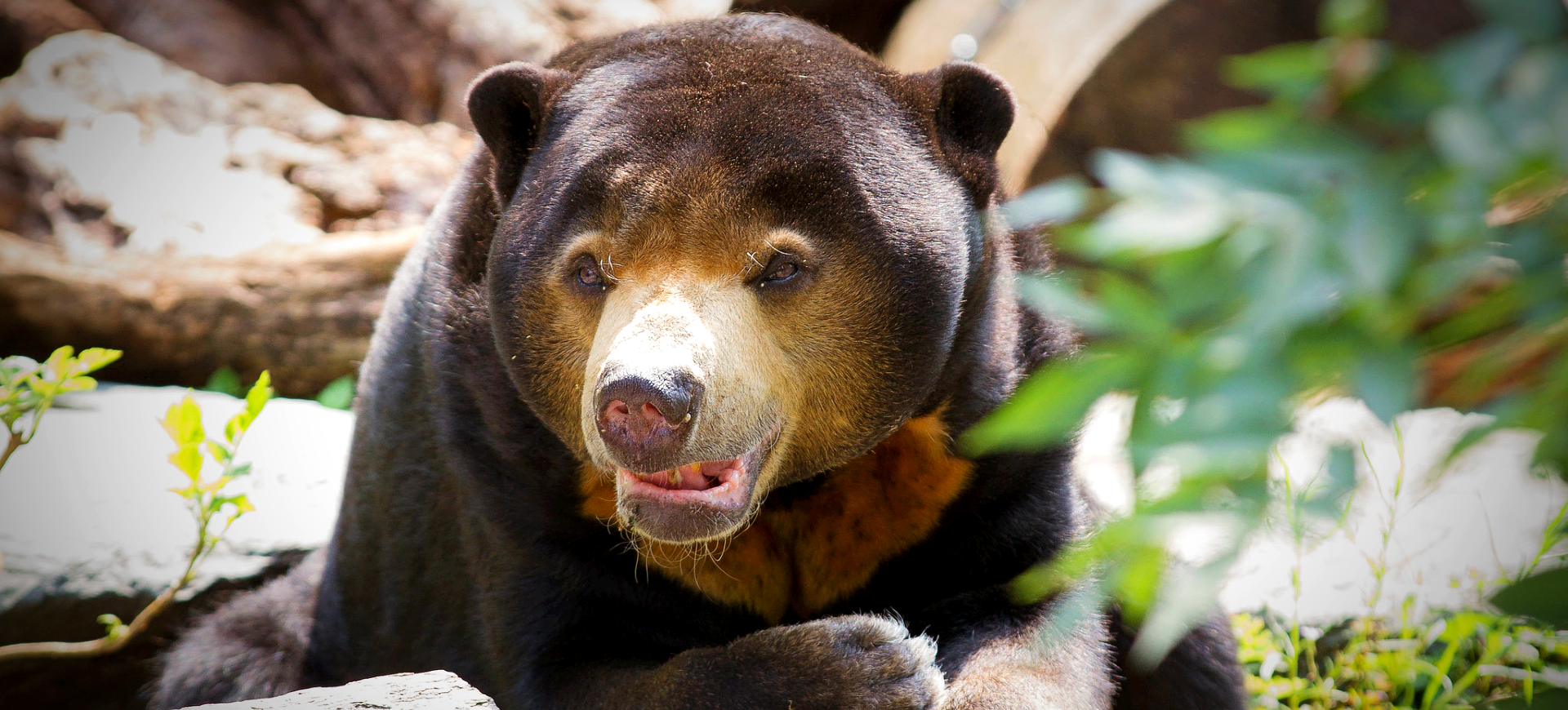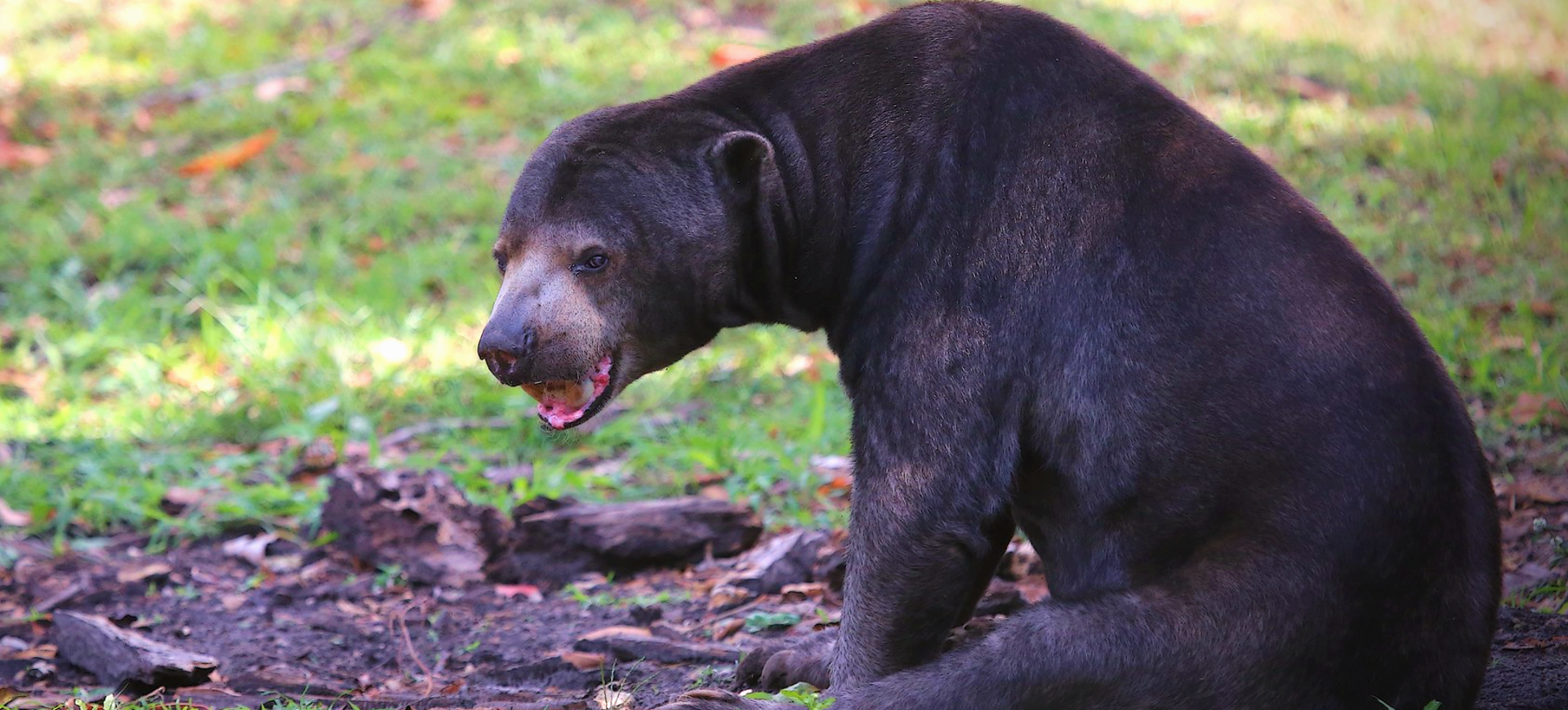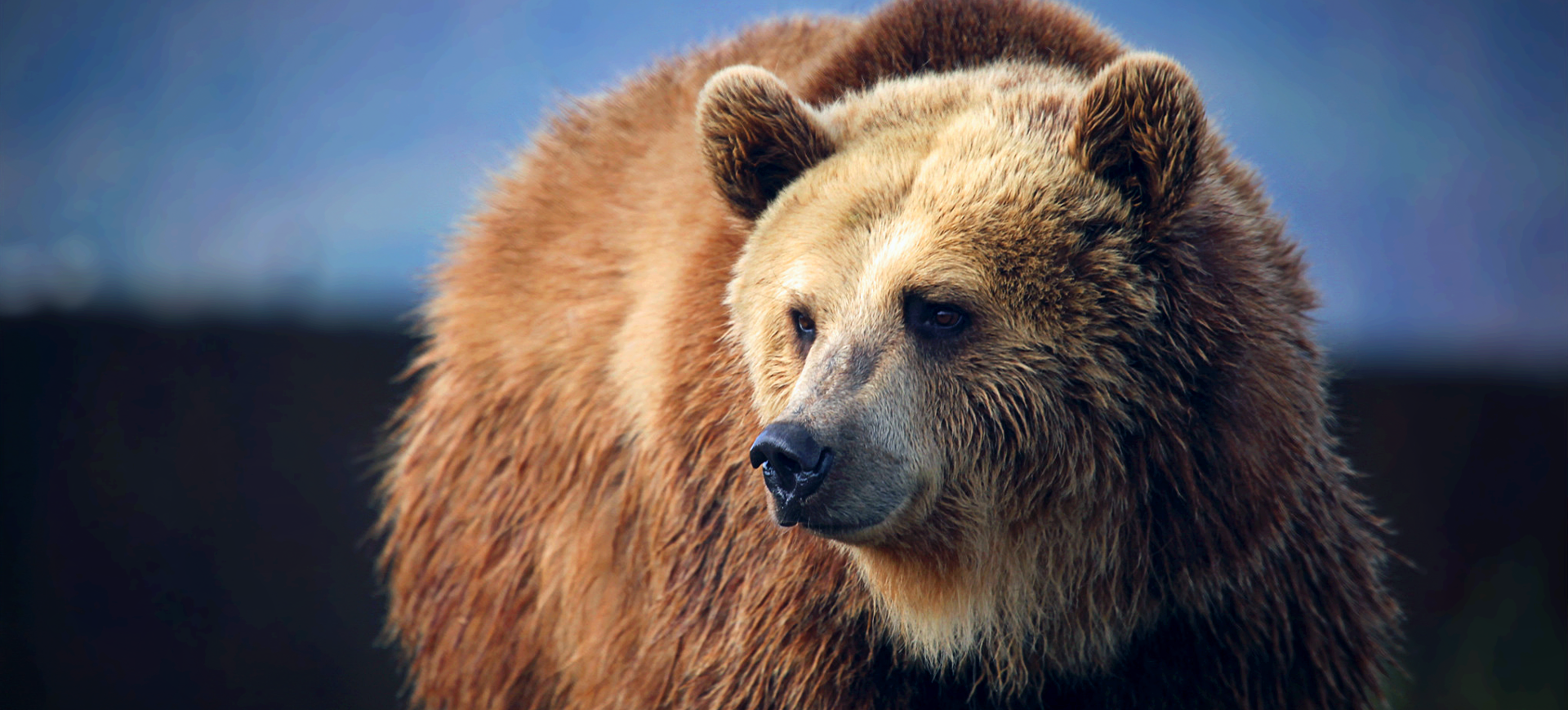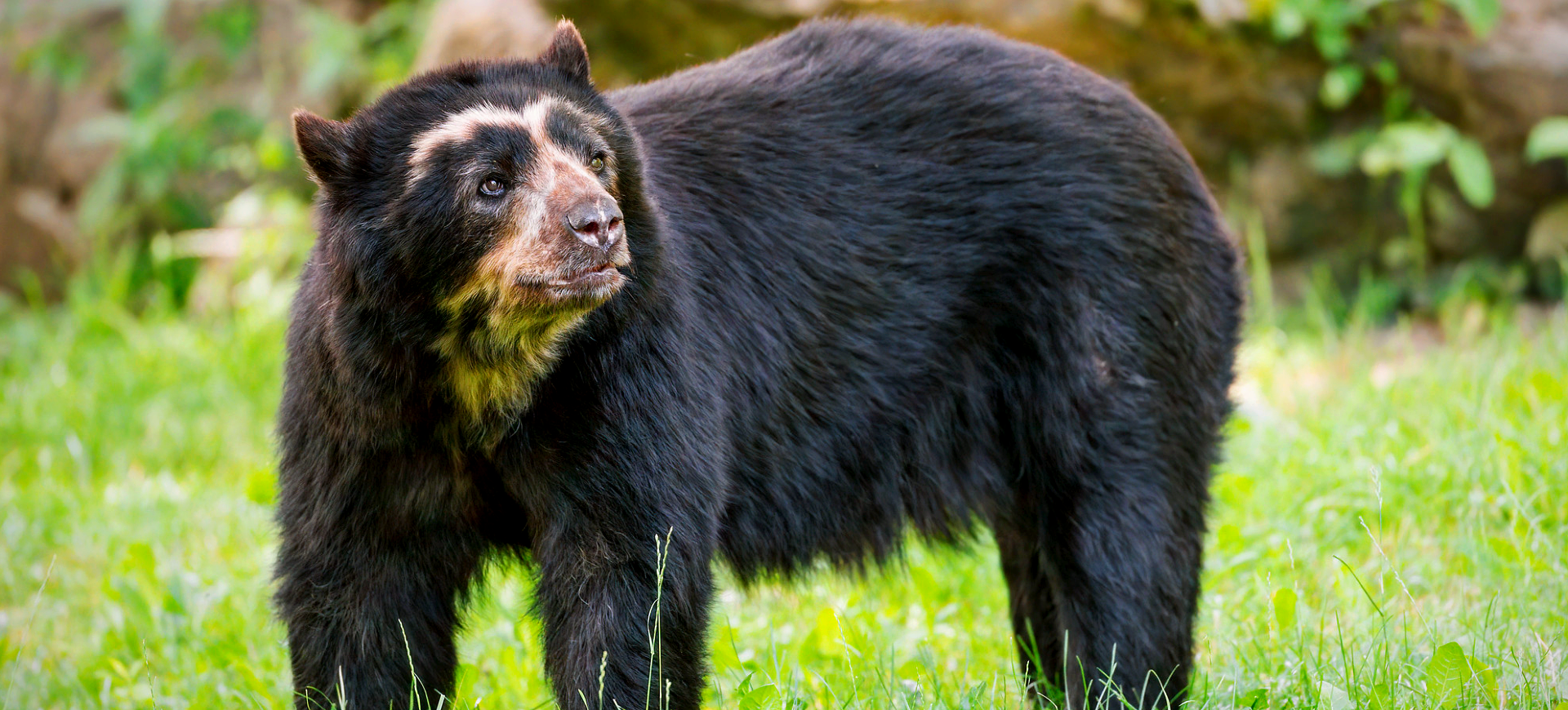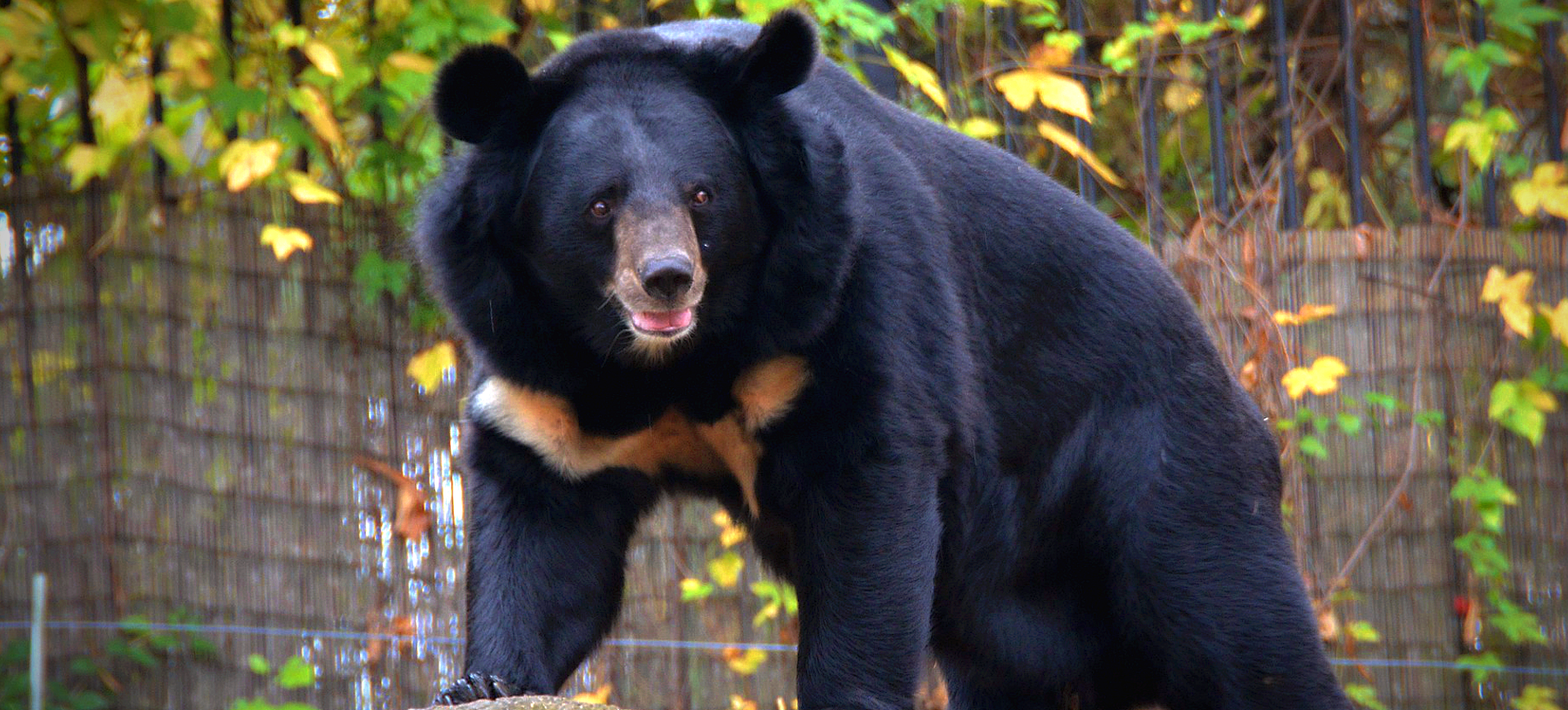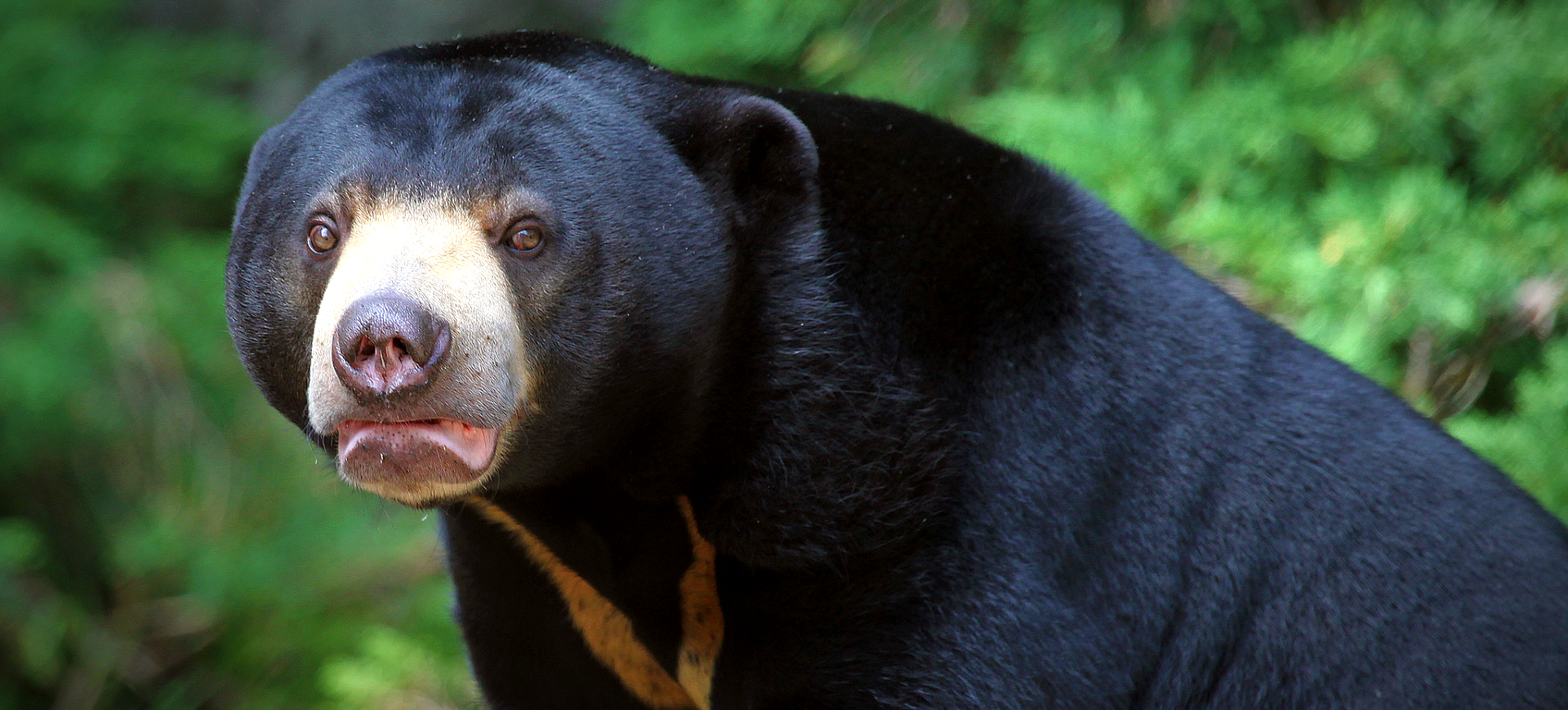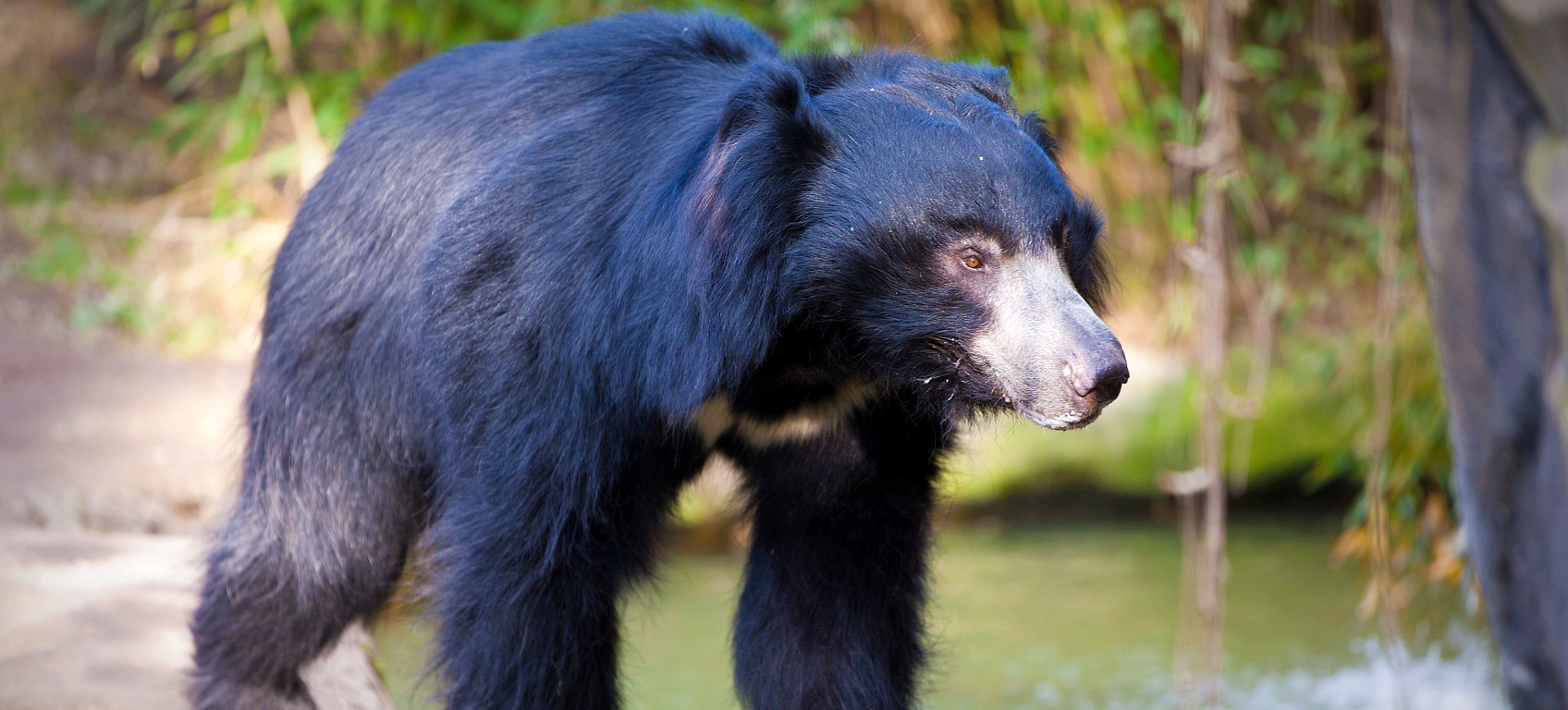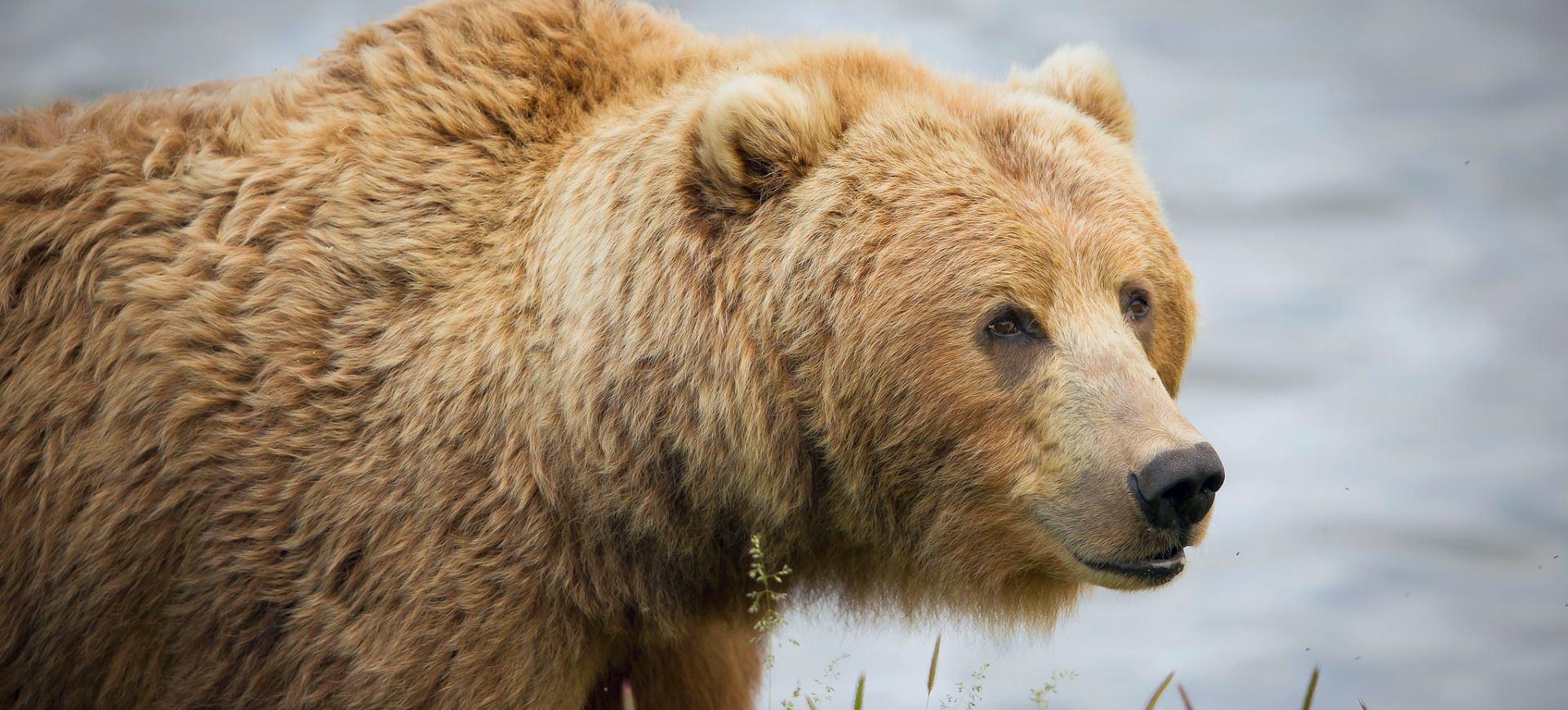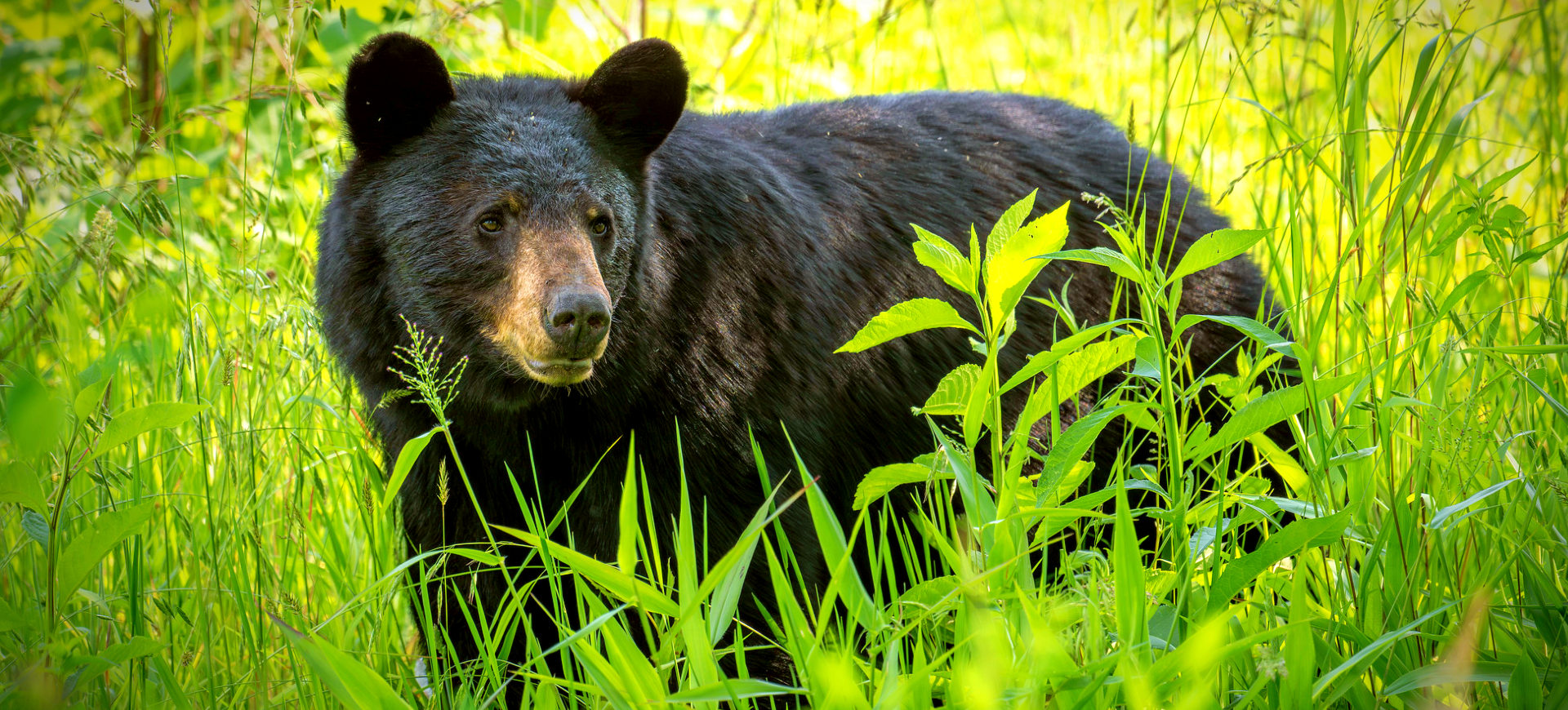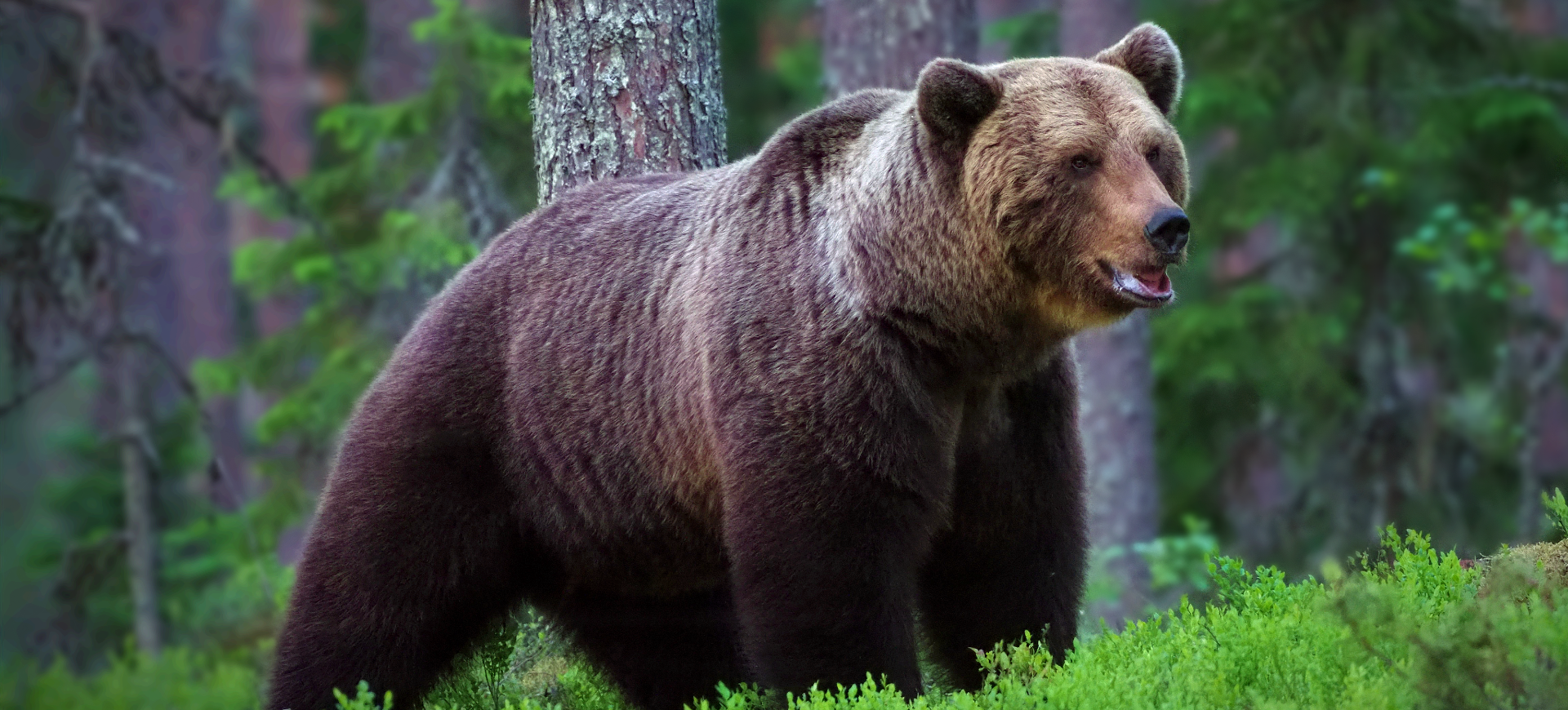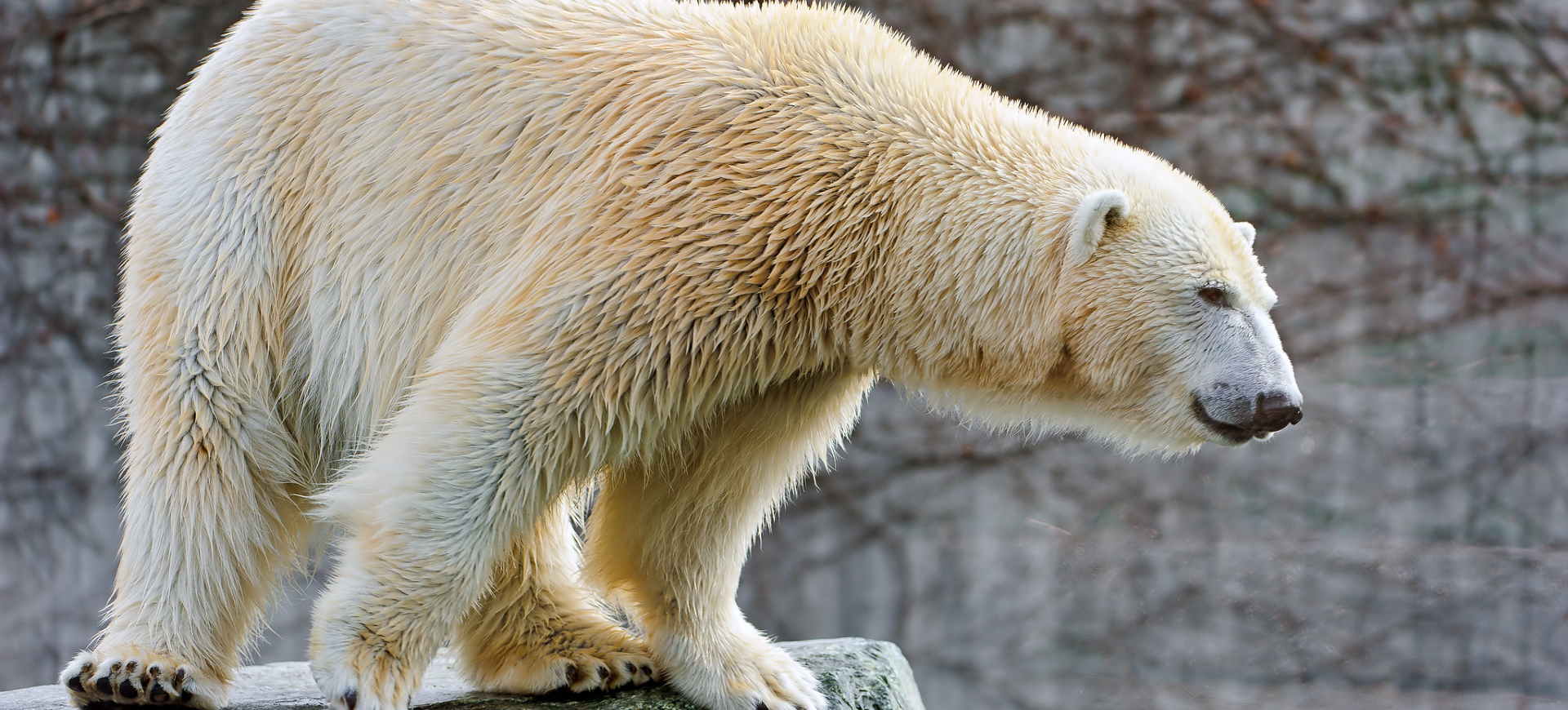Overview
Giant Pandas are distinguished by their distinctive black-and-white coloring, large body size, and primarily bamboo diet. Native to the mountain ranges of central China, they have a body structure that facilitates the consumption of bamboo, including strong jaw muscles and molars. Despite their classification as carnivores, giant pandas have adapted to a diet of almost entirely bamboo, consuming up to 38kg daily to meet their energy needs. Their reliance on bamboo makes their habitat requirements quite specific, limited to areas where bamboo forests are abundant.
Giant pandas are solitary animals, with adults coming together only during the brief breeding season. Their distinctive black and white fur serves as camouflage in their habitat’s snowy and rocky environments, aiding in predator evasion. Conservation efforts have played a crucial role in the species’ survival, which was once on the brink of extinction due to habitat loss and low birth rates. Today, giant pandas are a conservation success story, with their status improved from “Endangered” to “Vulnerable” due to effective conservation policies and breeding programs.
A giant panda’s life is cyclical and revolves around eating, sleeping, and foraging for bamboo. They have a slow reproductive rate, with females ovulating once a year and having a gestation period of about five months. Cubs are born blind and extremely small, requiring attentive care from the mother. The species has become an emblem of conservation efforts worldwide, symbolizing the impact of dedicated environmental stewardship.
Taxonomy
Kingdom
Phylum
Class
Order
Family
Genus
Species
Type
Current distribution:
Giant Pandas currently inhabit several mountain ranges in central China, primarily in Sichuan province, with smaller populations in Shaanxi and Gansu provinces. Their habitat is fragmented into approximately 20 isolated patches of bamboo forests, protected as part of conservation efforts. These areas are designated as nature reserves and national parks, where human activities are restricted to preserve the pandas' natural habitat.
Conservation programs have successfully increased the number of giant pandas in the wild, with an estimated 1,864 individuals living in these protected areas. The creation of the Giant Panda National Park, spanning over 10,476 square miles, aims to connect these fragmented habitats, allowing for greater genetic diversity and stability of the panda population. Efforts to reforest areas to expand bamboo forests are ongoing to secure a sustainable future for the species in the wild.
Physical Description:
Giant Pandas possess a distinctive black and white coat, with black fur surrounding their eyes, on their ears, and across their body patches. They have a large head, a short tail, and strong jaw muscles adapted for their bamboo diet. Adults can measure over 4 feet in height at the shoulder when on all fours. Their fur is thick and woolly, helping them keep warm in their habitat’s cool forests.
Their body is robust and bear-like, with broad paws featuring retractable claws, enabling them to grasp bamboo stalks. Male giant pandas can weigh up to 250 lbs (113 kg), while females are slightly smaller, typically weighing up to 220 lbs (100 kg). The size difference between males and females is one of the less pronounced among bears, contributing to their similar appearance. Their round face and large, expressive eyes have contributed to their popularity and iconic status worldwide.

Lifespan: Wild: ~20 Years || Captivity: ~30 Years

Weight: Male: 190–275 lbs (86–125 kg) || Female: 155–220 lbs (70–100 kg)

Length: Male: 60-72 in (152-183 cm) || Female: 55-62 in (140-158 cm)

Height: Male: 24-27 in (60-70 cm) || Female: 23-26 in (58-66 cm)

Top Speed: 20 mph (32 km/h)
Characteristic:
Native Habitat:
Giant Pandas are native to the mountainous regions of central China, specifically Sichuan, Shaanxi, and Gansu provinces. They thrive in dense bamboo forests at 5,000 to 10,000 feet, where cool and misty conditions prevail. These forests provide the thick cover and abundant bamboo that pandas rely on for food and shelter. The rugged terrain of their habitat offers natural protection against predators and human intrusion, aiding their survival.
The specific environmental conditions of the high-altitude forests, including the heavy mist, dense foliage, and cool temperatures, are crucial for the growth of the bamboo species that pandas eat. Habitat fragmentation poses a significant threat to their survival, isolating panda populations and making it harder for them to find mates. Conservation efforts have focused on creating bamboo corridors to connect isolated panda populations, ensuring their access to food and genetic diversity.
Climate Zones:
Biomes:
Biogeographical Realms:
Continents:
Countries:
Diet:
Diet & Feeding Habits:
Giant Pandas have a highly specialized diet, with bamboo making up 80-99% of their intake. They consume various bamboo species’ stems, leaves, and shoots, showing preferences that vary by season. Pandas have a pseudo-thumb, an extension of the wrist bone, which helps them to hold bamboo while eating. Despite their predatory digestive system, they have adapted to absorb significant nutrients from their bamboo diet, but they still digest it less efficiently than herbivores.
To meet their nutritional needs, giant pandas must consume a vast amount of bamboo daily. Due to bamboo’s low nutritional value, they spend approximately 10-16 hours a day foraging and eating. Occasionally, they will eat small animals, carrion, or eggs, but such instances are rare and not a significant part of their diet. The search for bamboo leads them to roam across large territories, highlighting the importance of preserving their natural habitat for survival.
Mating Behavior:
Mating Description:
Giant Pandas have a very short breeding season, with females being receptive to mating for only 2 to 3 days each spring. Males compete for access to receptive females, often engaging in vocalization, scent marking, and sometimes physical confrontation. After mating, the female undergoes delayed implantation, where the fertilized egg does not immediately implant in the uterus, resulting in a gestation period that can vary from 95 to 160 days.
Cubs are born blind, hairless, and extremely small, weighing only about 3.5 to 4.2 ounces (100 to 120 grams), about 1/900th of the mother’s weight. Despite their vulnerability at birth, mother pandas are highly attentive and protective, nurturing their cubs in a den away from predators and disturbances. The cubs grow quickly, gaining distinctive black and white fur within the first month. They remain dependent on their mothers for over a year, learning vital survival skills, including foraging for bamboo and navigating their forest habitat.
Reproduction Season:
Birth Type:
Pregnancy Duration:
Female Name:
Male Name:
Baby Name:
Social Structure Description:
Giant Pandas are generally solitary animals, each occupying its territory within the bamboo forests. They communicate through scent marking and vocalizations to establish territories and avoid unnecessary conflict with other pandas. Adult pandas have a home range they patrol regularly, which overlaps with the ranges of the opposite sex, allowing for interaction during the breeding season. Despite their solitary nature, pandas tolerate one another in areas where bamboo is abundant.
The social structure of giant pandas is largely influenced by their dependence on bamboo, which requires them to spend a significant portion of their day foraging. This solitary lifestyle is occasionally broken by strong and prolonged mother-cub interactions. Mothers are highly attentive, nurturing their cubs for up to 18 months and teaching them essential survival skills. Observations of pandas in both the wild and captivity have provided valuable insights into their complex behaviors and social interactions.
Groups:
Conservation Status:
Population Trend:
According to a Chinese government census, the wild population of Giant Pandas is estimated to be around 1,000 to 2,000 individuals. This population is fragmented across six mountain ranges in China, primarily within reserves and national parks. While the population’s overall trend is increasing due to intensive conservation efforts, the adequate population size (a measure of the genetic diversity within the population) is much smaller, which could impact the species’ long-term survival.
The captive population of Giant Pandas is over 600 worldwide, with many found in zoos and breeding centers in China and abroad. These captive populations serve a dual purpose: they help educate the public about this iconic species and serve as an insurance population for potential reintroduction programs. Breeding in captivity is challenging due to the short mating season and the short fertility period of female pandas.
Population Threats:
The primary threat to Giant Pandas is habitat loss due to agriculture, infrastructure development, and logging. As human populations grow and development expands, the pandas’ habitat gets increasingly fragmented, isolating panda populations and preventing gene flow.
Climate change also poses a significant threat to Giant Pandas. As temperatures rise, bamboo, the pandas’ primary food source, is expected to decline in many of the pandas’ current ranges. This food loss could lead to localized extinctions, especially in smaller, more isolated populations. Poaching is less of a concern today compared to the past, but it still occasionally occurs.
Conservation Efforts:
The conservation efforts for Giant Pandas are some of the most intensive for any species. China has established over 67 reserves to protect pandas and their habitats, and laws have been enacted to prohibit the hunting and trading of pandas. Efforts to reforest and reconnect fragmented habitats are ongoing to allow gene flow between populations.
In addition to habitat protection, captive breeding programs have been initiated worldwide, with several successful releases of captive-bred pandas into the wild. These programs aim to increase the population and genetic diversity of pandas in the wild. Education and community engagement programs have also been implemented to increase public awareness and involvement in panda conservation.
Additional Resources:
Fun Facts
- Giant pandas have a unique wrist bone that functions as a thumb, helping them grasp bamboo stalks.
- Despite being classified as carnivores, over 99% of a giant panda’s diet consists of bamboo.
- A giant panda can eat between 26 and 84 pounds of bamboo a day, depending on which part of the bamboo it is eating.
- Due to their diet, they have a slow metabolism, so they conserve energy by moving slowly and spending most of their time eating or sleeping.
- Giant pandas are good swimmers and can climb trees proficiently.
- They have a special lining in their stomach to protect against bamboo splinters.
- The giant panda’s distinct black and white coloring is thought to help them camouflage in their natural habitat.
- Cubs are born extremely small compared to their mothers, weighing only about 1/900th of their weight.
- In the wild, a giant panda’s lifespan is approximately 15-20 years, but in captivity, it can reach 30 years.
- Giant pandas have a very sensitive sense of smell, which they use to avoid other pandas and find mates during the breeding season.








